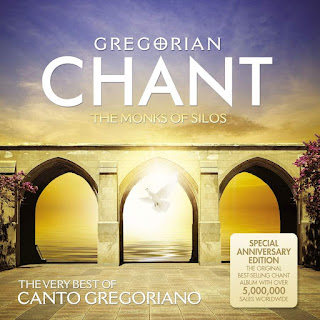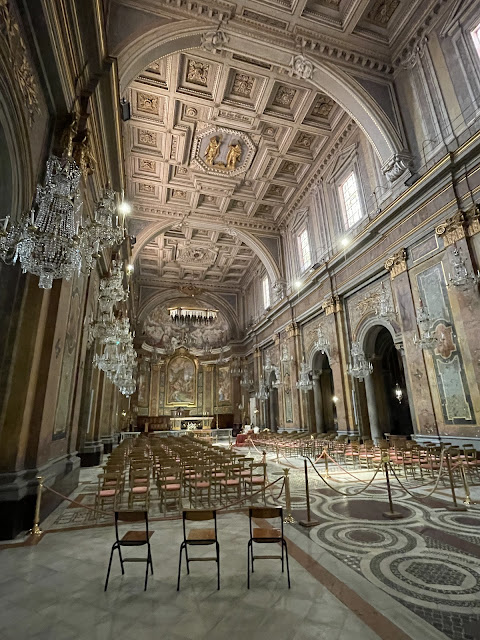Chant in Worship
We are living in age when many words are "loaded" and one certainly in Catholic Church circles is "traditional". Traditions are often not as old as we think. People in North America have not always been eating turkey at Christmas, for example. Our modern approach to family celebrations of Christmas come from the Victorian period for the most part.
In the world of liturgical music we might see Gregorian chant as the quintessential standard of "Roman" or Latin liturgy.
It does have pride of place certainly but the Roman liturgy was not always that way. Earlier chant had a different cadence and combined tones and overtones in a different way.
We all know that old saying, "to sing is to pray twice". That kind of gets at the reason for the importance of music. It helps us to pray and to pray together. As the centre of liturgical life in the West was the monastery the character of the music arose from this environment -- one where the monks needed to pray together and to be seen equally. They also were not "performing" for anyone except God. Hence, the music needed not to point at them but clearly be directed together toward praise of God.
All one needs to do is to listen to chant recorded at an actual monastery today to hear that. The level of musical perfection is not at the standard we expect of classical music groups who make their living performing music. There is a wonderful soundtrack you can listen to, "Into Great Silence", from a film of the same name that allows us to enter a little into the life of the Grand Chartreuse monastery in France. The prayer is sincere and the chant is solemn but also gentle. The lack of musical "tightness" one might put down to focus being on prayer. The chant's beauty, like the monks', becomes a more interior one than an exterior one.
As nation states grew and liturgical music found patrons in the courts of rulers we began to hear polyphony, chant with intricate bobbing and weaving of voices sometimes creating counterpoint and at others tonal and rhythmical complexity. There is an emphasis on listening. At its best this very beautiful music can help us to pray deeply especially at the time of Holy Communion. It can, however, become a garnish, a performance, or a beautiful musical gymnastic event. Palestrina, a bevy of Gabrielis, Allegri and many others have left us a treasure trove of beautiful liturgical music.
As music itself continued to change creative liturgical expression also continued to appear. In the flowering of the Romantic period of classical music a number of composers wrote Mass settings that still clearly derived from the chant tradition but were also cognizant of the musical interests of the time. I particularly like the famous Requiem Mass setting of Gabriel Fauré whose breathy beauty absolutely rises out of chant but it takes on also a longer breath line owing to its orchestration and layering of voices.
The Coronation Mass of Mozart has been performed several times at the Vatican. I have a recording from the papacy of John Paul II. As liturgies get stretched sometimes by their very logistics these bigger musical leaps can still sit nicely in a prayerful celebration of the Mass.
This balance between beauty with a high level of performance and music aiding and participating in prayer requires a sensitive balance. It is natural for us to embellish anything that is important to us. Going back to the roots helps us to get at the essence - prayer. It is can be the imperfections of our singing and playing that impart something of ourselves -- a sincere revelation that is both more interesting and beautiful.


